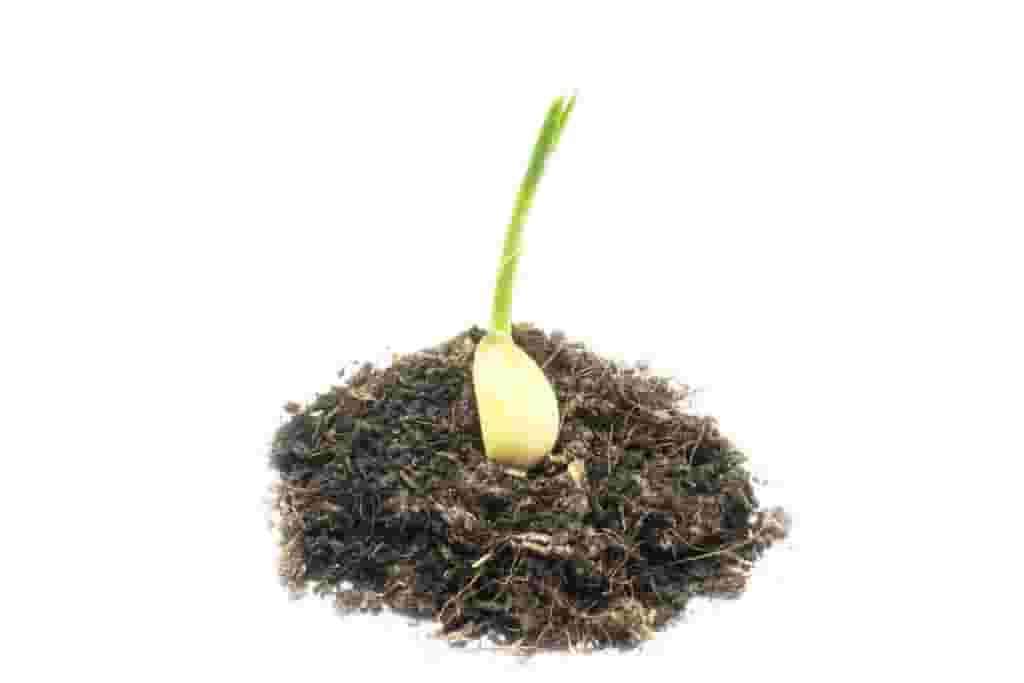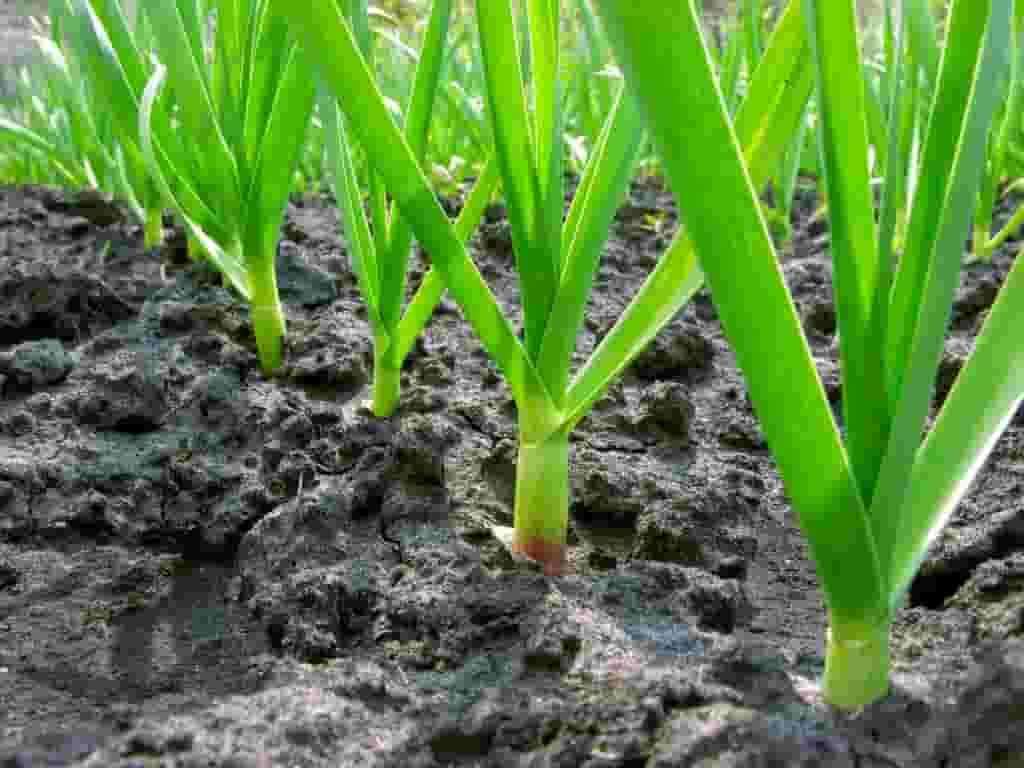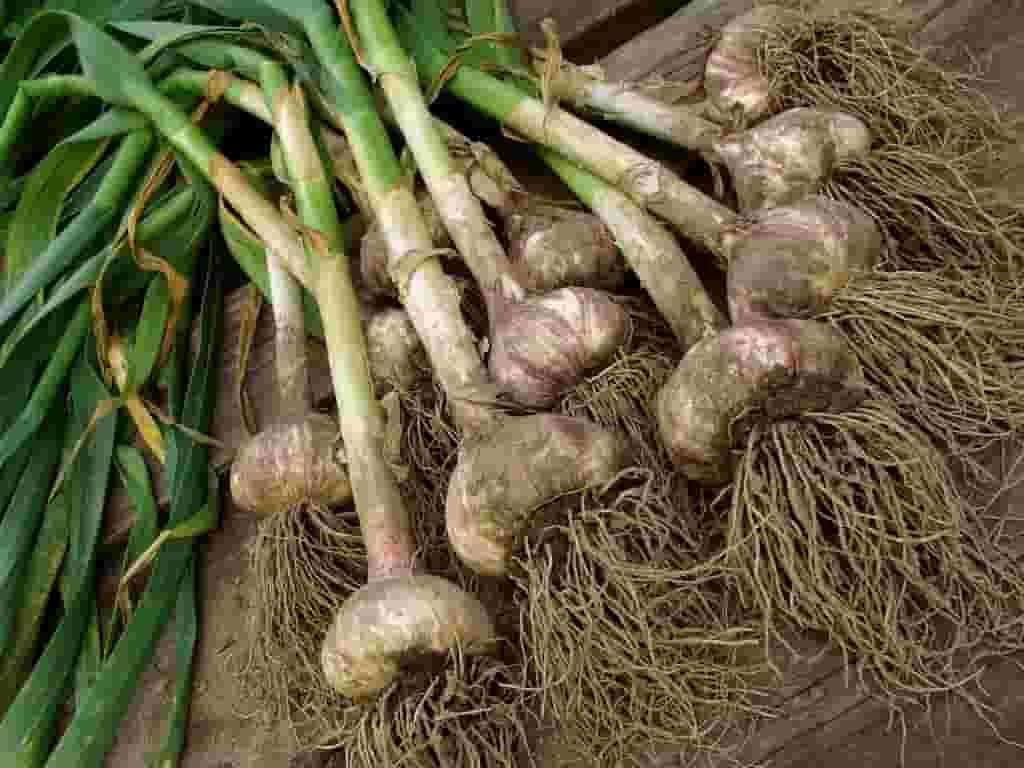Growing Garlic
Growing and Caring for Garlic Plants
Whether you love the taste and smell of garlic, or simply trying to ward-off vampires, growing this super-food is easy. There are many different types of garlic, but essentially you want to choose between two types – softnecks and hardnecks. Often, softneck garlic is the more preferred variety as it’s easy to grow and stores for longer periods of time than hardneck varieties. Softneck garlic will have soft, flexible stems that are easily braided and will often produce smaller cloves with more intense flavor. Southern climates are more ideal for growing softneck garlic, while hardneck garlic, a variety that has hard, unbraidable stems, is more ideal for growing in northern climates that have harsher winters.
When to Plant Garlic
Like other types of bulbs, garlic needs to be planted in the fall – somewhere around mid-October. Garlic planted in the fall will still produce green shoots before the winter arrives; and all you need to do is cover them with some mulch until the spring.
Planting Garlic Bulbs

Make sure you start with loose soil that is nutrient rich and weed-free. Plant garlic bulbs root side down and space about eight inches apart with the tip of the bulb about two inches below the surface soil. Once planted, nature often takes care of the rest. In the case of planting bulbs, it’s not always necessary to water as the moisture will be present in the soil after a winter-thaw, when the plants are ready to spring to life. Green shoots will appear shortly after planting the bulbs, just simply cover them with a couple inches of mulch and let them rest until the spring.
Spring Has Arrived
While you were busy shoveling your driveway, your garlic bulbs have been waiting for their chance to get growing after a long winter. When all the snow has melted away and you can see shoot emergence, remove the mulch you had placed over the green shoots last fall. Give your garlic plants a boost with nutrient rich fish emulsion and liquid seaweed, or your average all-purpose fertilizer will do nicely too. Keep the soil moist at least two inches below the surface, but always avoid pouring water into the crowns of the pant.
Garlic Growing Tips

As your garlic starts to grow, they will grow what are called scapes – the flowering part of the upward growing stems. Removing the scapes are an important practice as garlic scapes can draw excessive energy away from the growing cloves, reducing their size and often their flavor. The removed scapes are also edible and sometimes even decorative.
Harvesting Garlic

Depending on the variety of garlic you planted, you may harvest early, mid, or late season. The hotter the weather, the faster they will grow, likewise, colder temperatures will slow the growth of the plant. You’ll know when the garlic bulbs are ready when you see the lower leaves browning, while the upper leaves are still green. This is the ideal time to pick the garlic bulbs, as after this point you begin to run the risk of the bulbs splitting or becoming susceptible to fungal disease. When removing the garlic bulbs from the ground, try to loosen the surrounding soil and lift the bulbs out, using caution not to damage the delicate heads.
Now that the growing process is over, your garlic is ready to eat or store. The only thing left to do now is enjoy the great flavor and smell of garlic, and the peace of mind that you will have no vampires bothering you for a while.